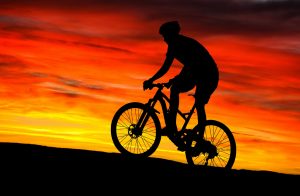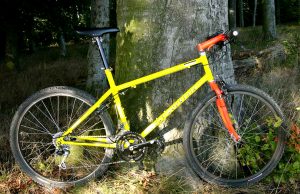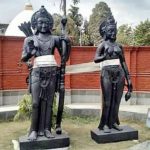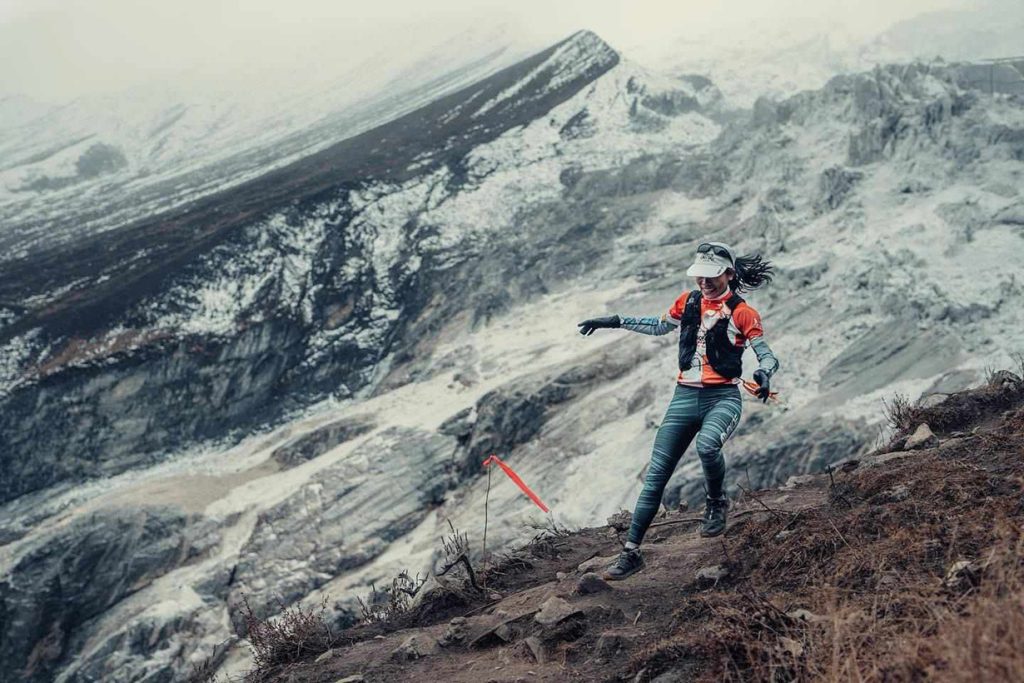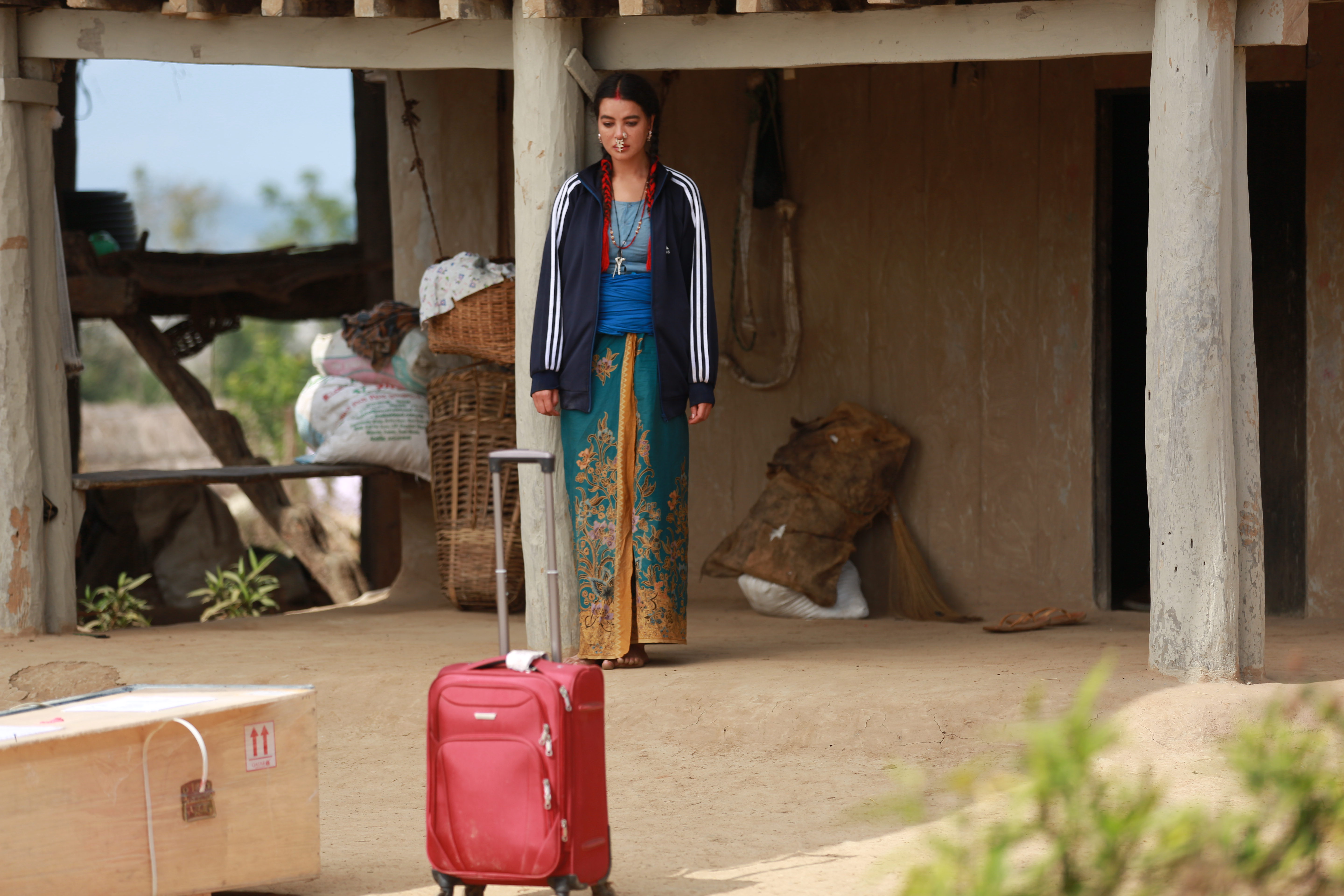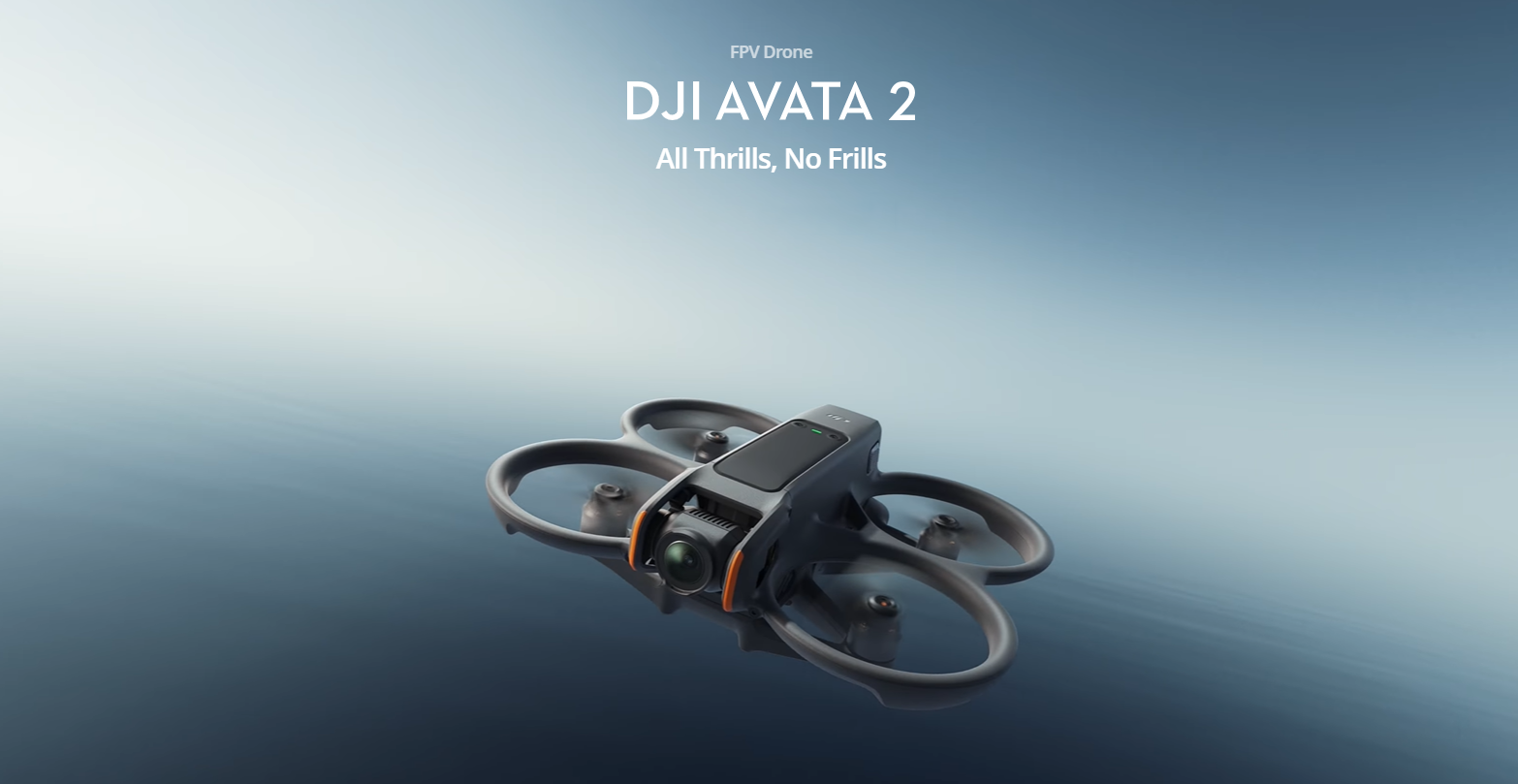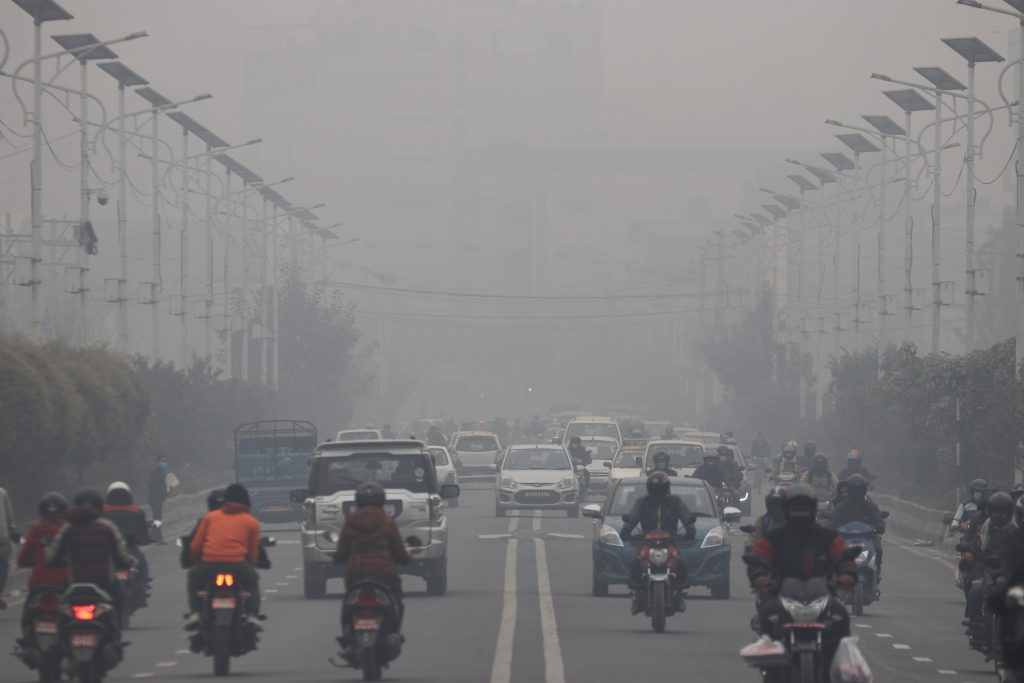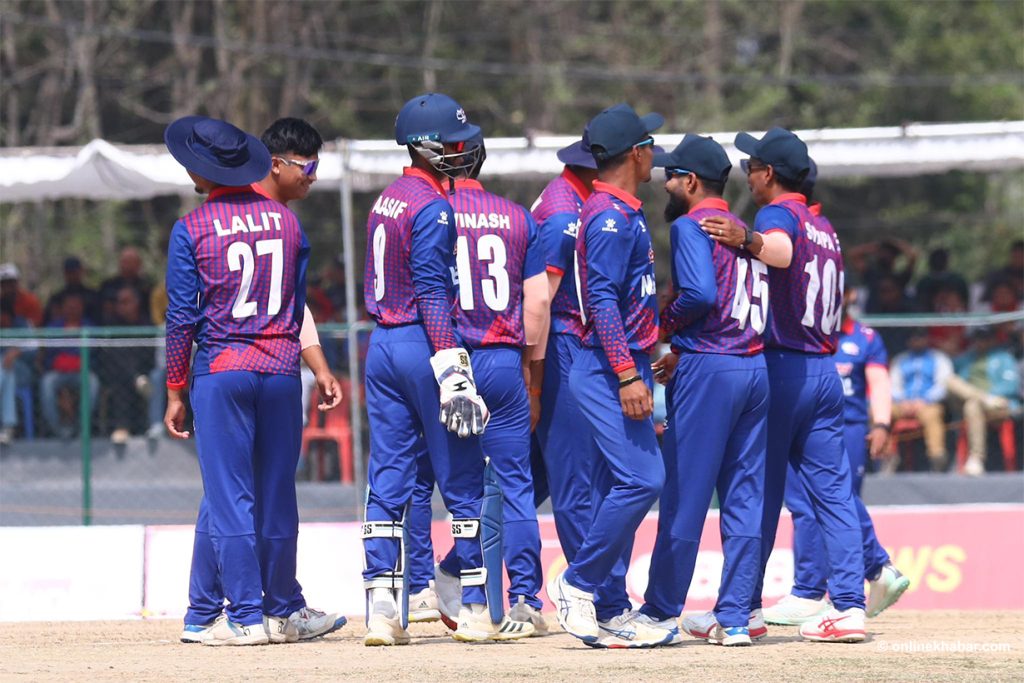
The history of mountain biking in Nepal, surprisingly, can be traced back to less than 25 years, a quarter of a century after it started in the West in the late 1960s and early 1970s, when, in Marin County California, USA, a handful of crazy bikers began hurtling down the slopes of Mount Tamalpais (Mt Tam) on their antiquated Schwinn cruiser bicycles of 1930s and 40s, stripped and retrofitted with better brakes and fat knobby tires, renamed clunkers.
In 1983, Nepal saw the first production-made mountain bikes when an intrepid duo, Craig Moffet and Brad Grunewald attempted, what seemed impossible, to ride their bikes to the EBC (Everest Base Camp, 5,364 metres). They were the first-ever in the world to pull off that feat.
Following the historic event, James Giambrone, another mountain biking enthusiast in the early days, wrote in his book, Hikes and Bikes in the Kathmandu Valley (1994), considered the first mountain biking guidebook on Nepal:
“It was the call of the wild steppes of Tibet, with their opening in the mid 1980s (to the rest of the world) that incited the real fervour of bike activity in Kathmandu. Enthusiasts flew with their bikes from Hong Kong into the Tibetan capital of Lhasa, toured the area and then set out for the grueling two-week journey over 5,181 m passes to Nepal.”
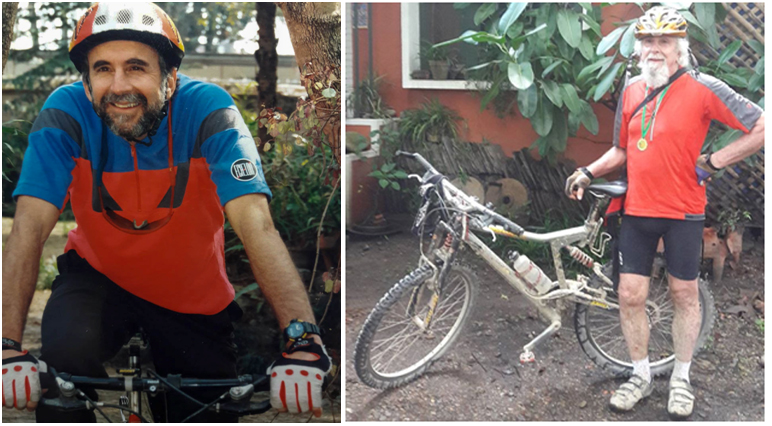
James Giambrone: the Lone Rider and the Gear Wallahs
Way back in 1984, the locals in the countryside watched in awe a helmeted foreigner pedalling all too often along the trails and ridges surrounding the Kathmandu valley, doing the ascents and descents with relative ease on his mountain bike. That person happened to be none other than James Giambrone (better known as the Director of Indigo Art gallery and MD of the American club). He and his co-riders were dubbed as ‘Gear Wallahs’ (person with many-geared bicycle).
Ask any seasoned Nepali mountain biking veteran and he would not have a second opinion about this ‘lone foreigner’ having sowed the first seeds of this adventure sport in Nepal. I met the ‘pioneer’ James and talked about it and all his invaluable contribution to mountain biking in Nepal. He is modest about it, all he did was merely shrug his shoulders.
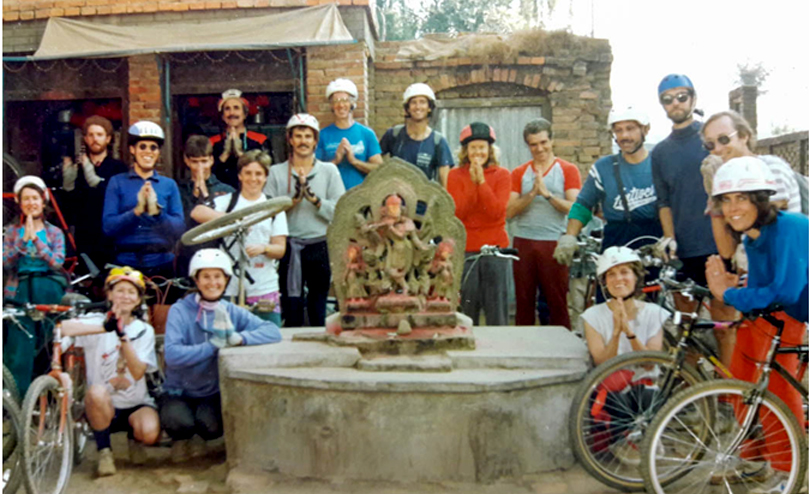
James believed and attributed this growing interest among Nepalis in the early days to, ‘love at first sight’, recounting in his book how the locals watched in fascination the foreigners pedal their bikes up the Kopundole hill with ease while they pushed their single-speed Indian or Chinese-made lesser bicycles.
This local fascination, however, eventually bore fruit. It stoked up a strong motivation among enterprising Nepalis to import low-end bikes to sell to the locals or rent out to the visitors. It looked the new sport of mountain biking was destined to grow in Nepal.
Expats Fun Rides Tours & Races
In 1988, when top-draw adventure tourism like mountaineering and trekking dominated the travel trade business in Nepal, a foreign lady called Francis Higgins broke with tradition. She opened a shop under the name of the Himalayan Mountain Bikes (HMB for short) at Thamel, the first of its kind in Nepal, which started renting out Raleigh bicycles. Launched with a handful of bicycles, the focus was to attract a sprinkling of walk-in tourists and especially the expats living around Kathmandu.
In 1992 ,James Giambrone (the then managing director for the above company) bought the company from Mrs Higgins and further developed single track “trail riding” adding onto Ms Higgins’ initial ride options. He went on to introduce for the first time biking tours, targeting tourists who looked beyond the customary menu—and the expats, as usual.
Labelled as pilgrimage tours, the rides included one-day conducted trip to Swoyambhunath, Pashupatinath, Bouddhanath, Patan, and the like. Later, the untiring James ushered in overnight trips like Nagarkot-Dhulikhel, Kakani-Budanilakantha, Pokhara-Tansen and the Dang valley with its unique Tharu villages of the 90s.
And, thereon, the itineraries extended so much so that his pioneering ventures under the HMB banner led him to introduce the first ever “heli-bike tours” in Nepal. He flew 25 clients to Jomson to bike to Muktinath, and down to Pokhara on picturesque trails (before the present highway was built).
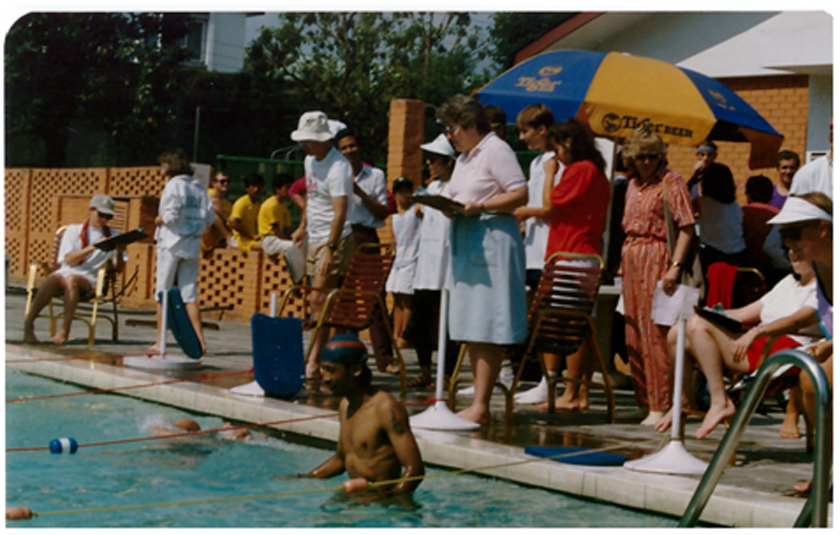
After the Gear Wallahs Mountain Bike Club established by James (he is the President of the club still today), he, as the manager of the then American Club went on to introduce races—the Nepal’s first being a triathlon (open to Nepali participants). The race was flagged off with a swim at the American Club, Phohara Durbar followed by a run to Budanilakantha, and the final lap ending at the Peace Park ( Shanti Batika), Ratna Park, after cycling the entire length of the Ring Road. In the late 90’s, he organised a time-trial race around the present Ring Road that appeared virtually deserted in those days.
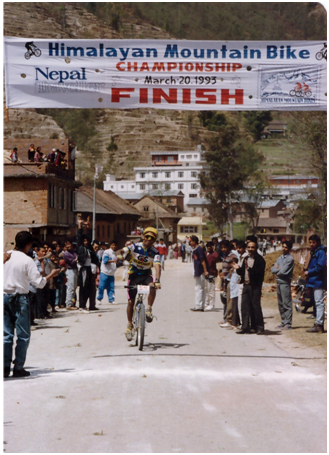
But what he launched next in 1993, the first Himalayan Mountain Bike Championship race, proved an absolute humdinger. Scheduling the HMBC race one week before the newly established Pokhara-based Tragopan Annapurna Triathlon allowed for riders’ participation in both events. The race lured a mix bag of bikers from across the globe: Americans, Britishers, Aussies, Swisses, and Canadians.
International pros, the likes of Scottish Jack Maitland (British Olympic tri-athlete/Everest Marathon record holder), Englishmen, Richard Fletcher and Mick Ives (representing the Saracen Racing Team, Great Britain/members of British Commonwealth triathlon squad) participated in the race.
The 32-km Kakani-Budanilakantha race included as many as 45 foreigners with 27 Nepali racers including Sonam Gurung, Chimmi Gurung, and Shajjan Rajbanshi. With technical descents and a gruelling 20 minutes shouldering the bike uphill on a stepped incline, the race complied with international standards. The event went with a bang with Jack Maitland taking the victory podium.
International media giants like Prime Sport, Bike UK and Bicycle USA covered the entire event. Prime Sport covered the entire event by a live aerial coverage from a helicopter—an unprecedented feat in Nepal’s mountain biking history till date.
The pioneer in the field of mountain biking in Nepal, HMB under its new director (after James Giambrone), Peter Stewart launched another mega event in 2000, a 3-series race that represented a whopping mix of 19 nationalities from across the globe, again participated by international stars like World Cup Champion, Barrie Clark from UK and his female counterpart, Sydney Olympian and European champ, Caroline Alexandar, also from UK.
Unlike in the HMB 1994 race, all the top three podium standings were won by Nepali racers, Ramesh Tamang, Ranjan Rajbhandari and China B Lama. Following glorious events like those, the tiny Himalayan country seemed hard-bitten by the race bug and an aspiring future.
This is the first of a two-article series by the author. -Ed








